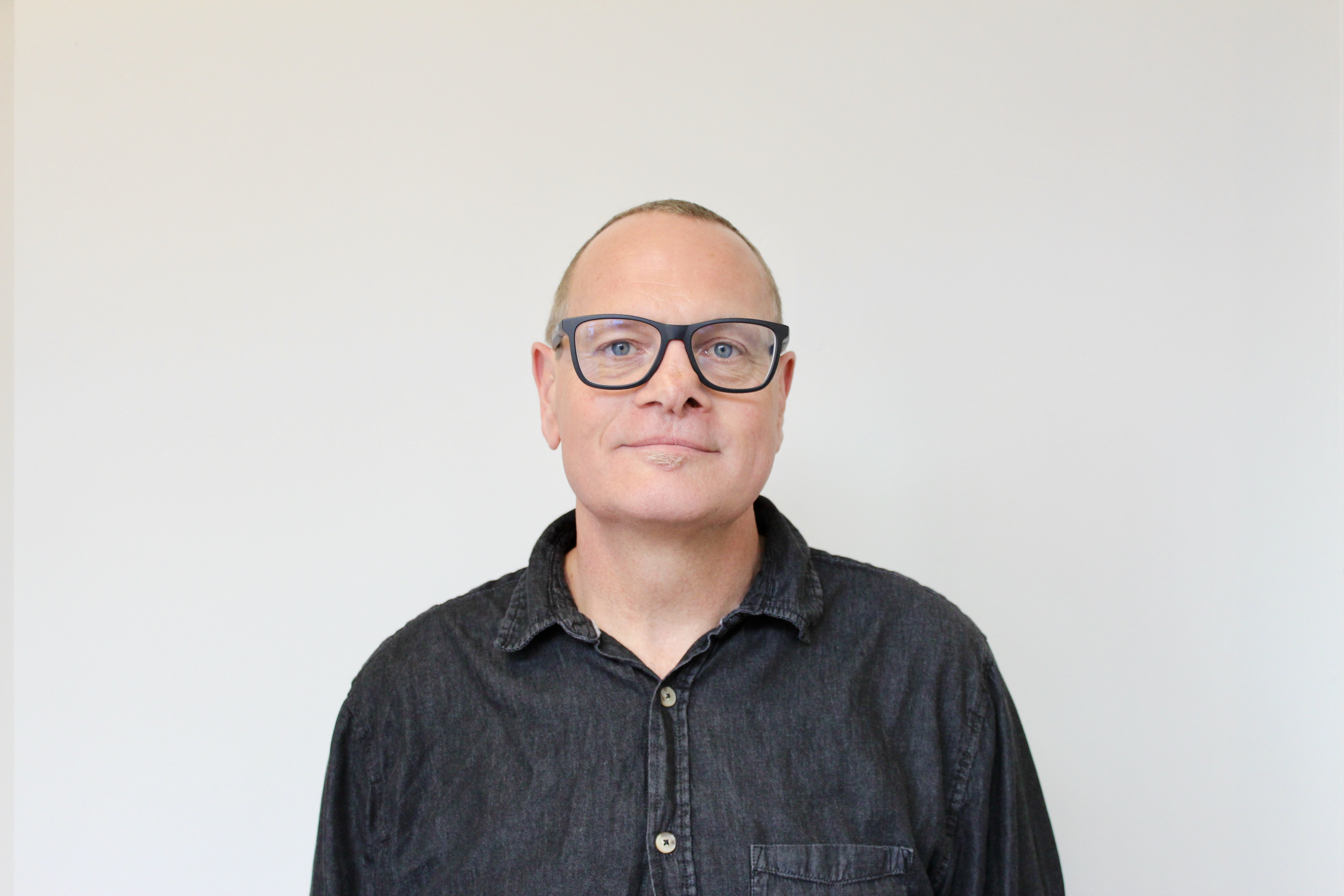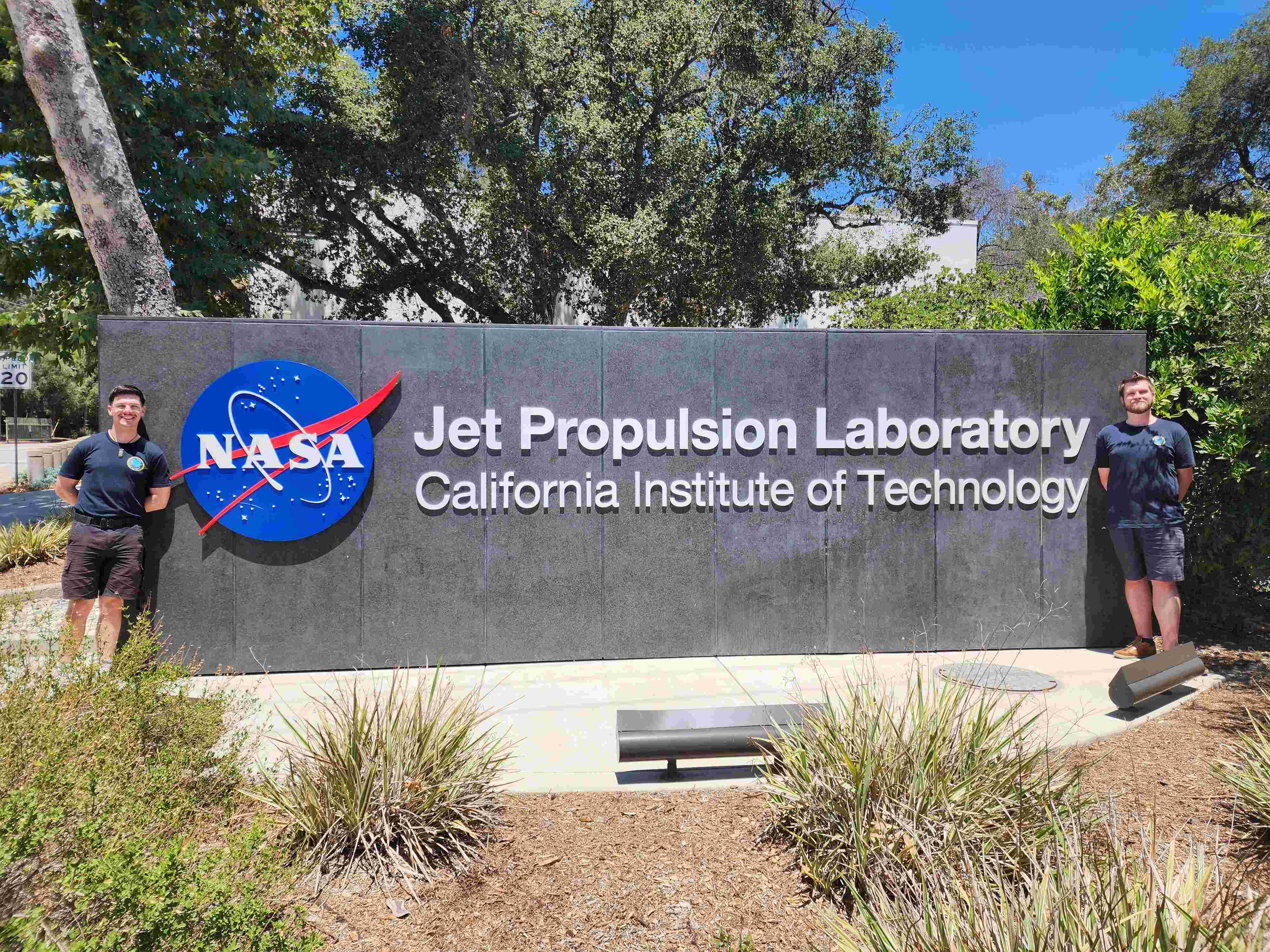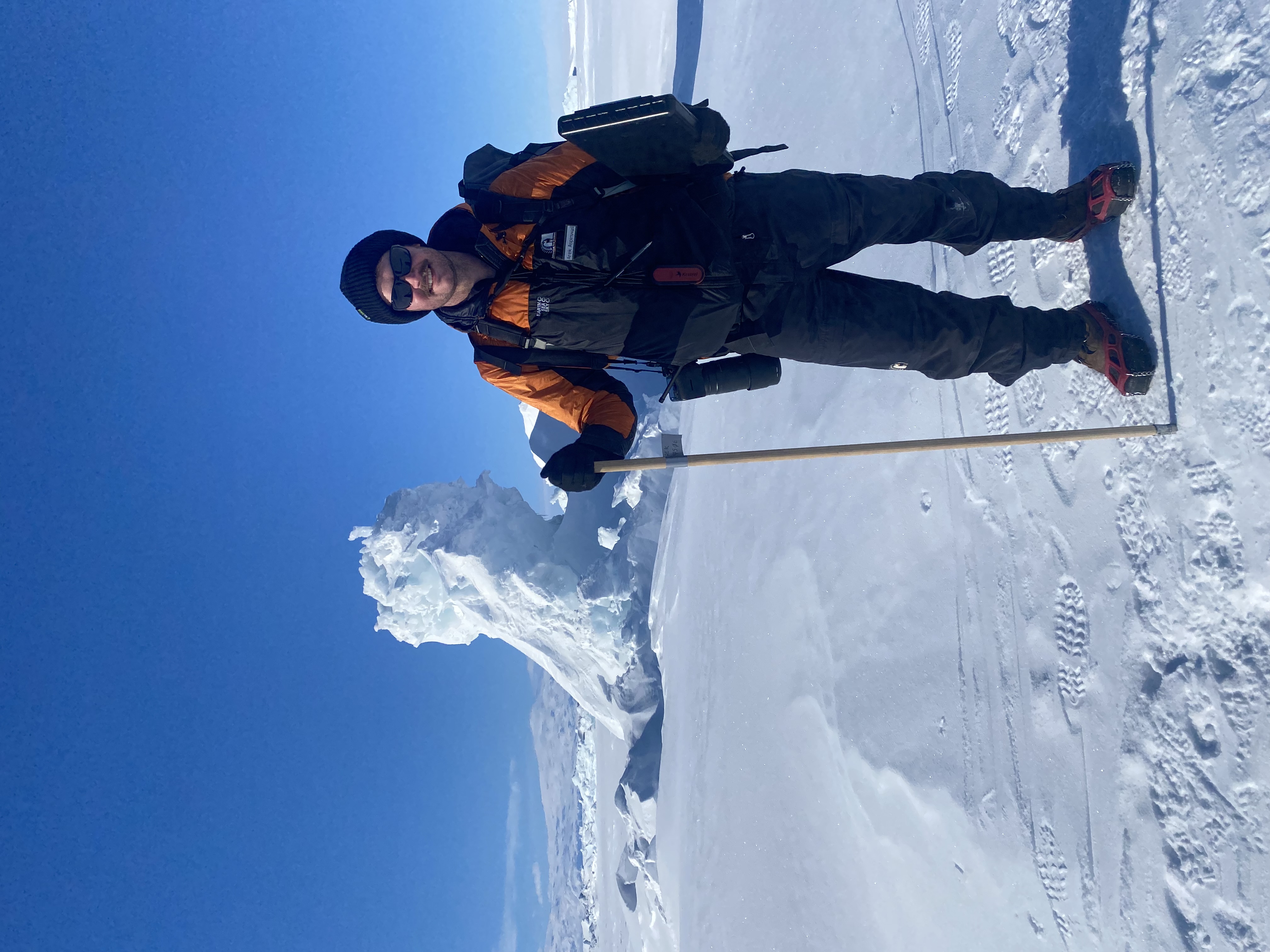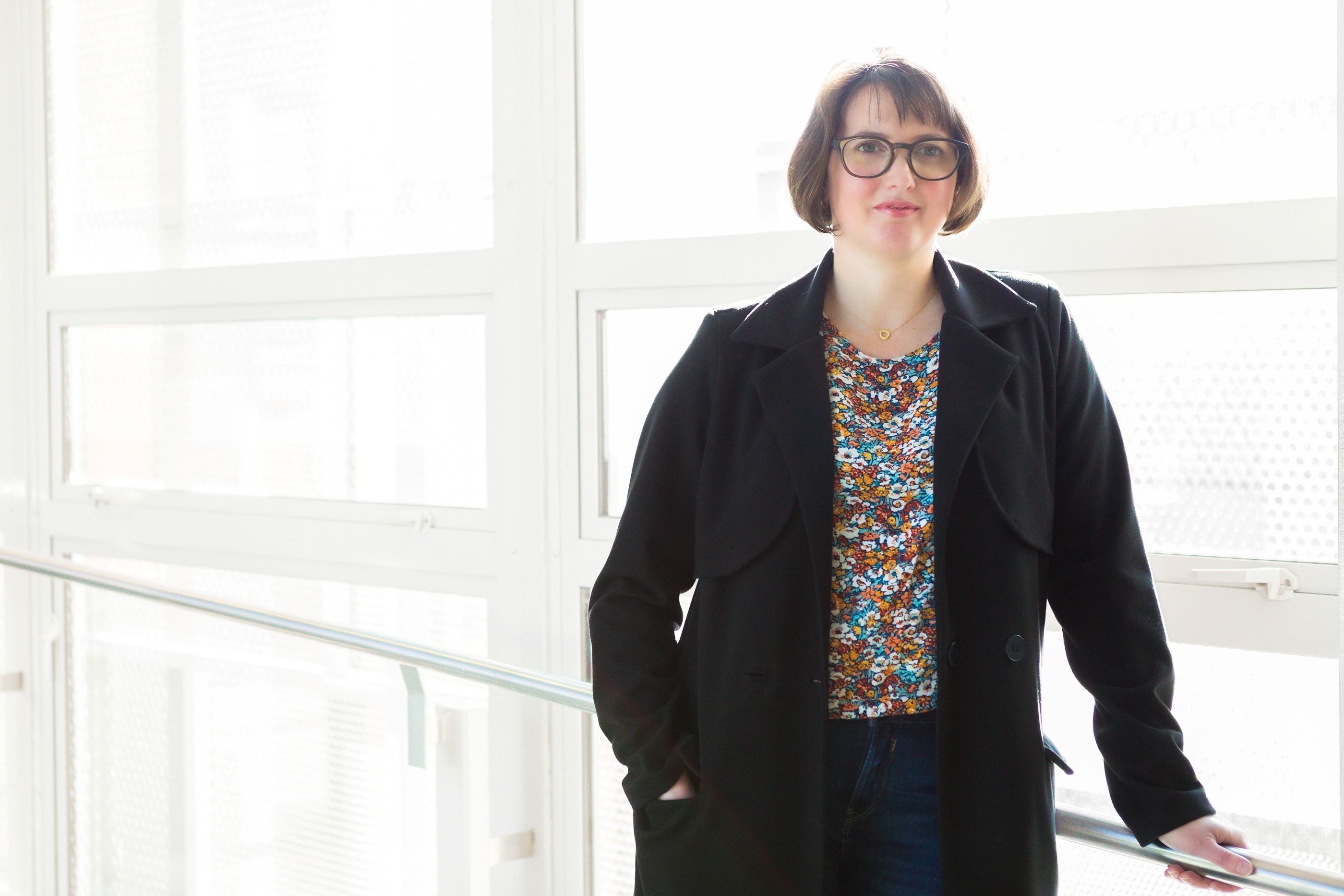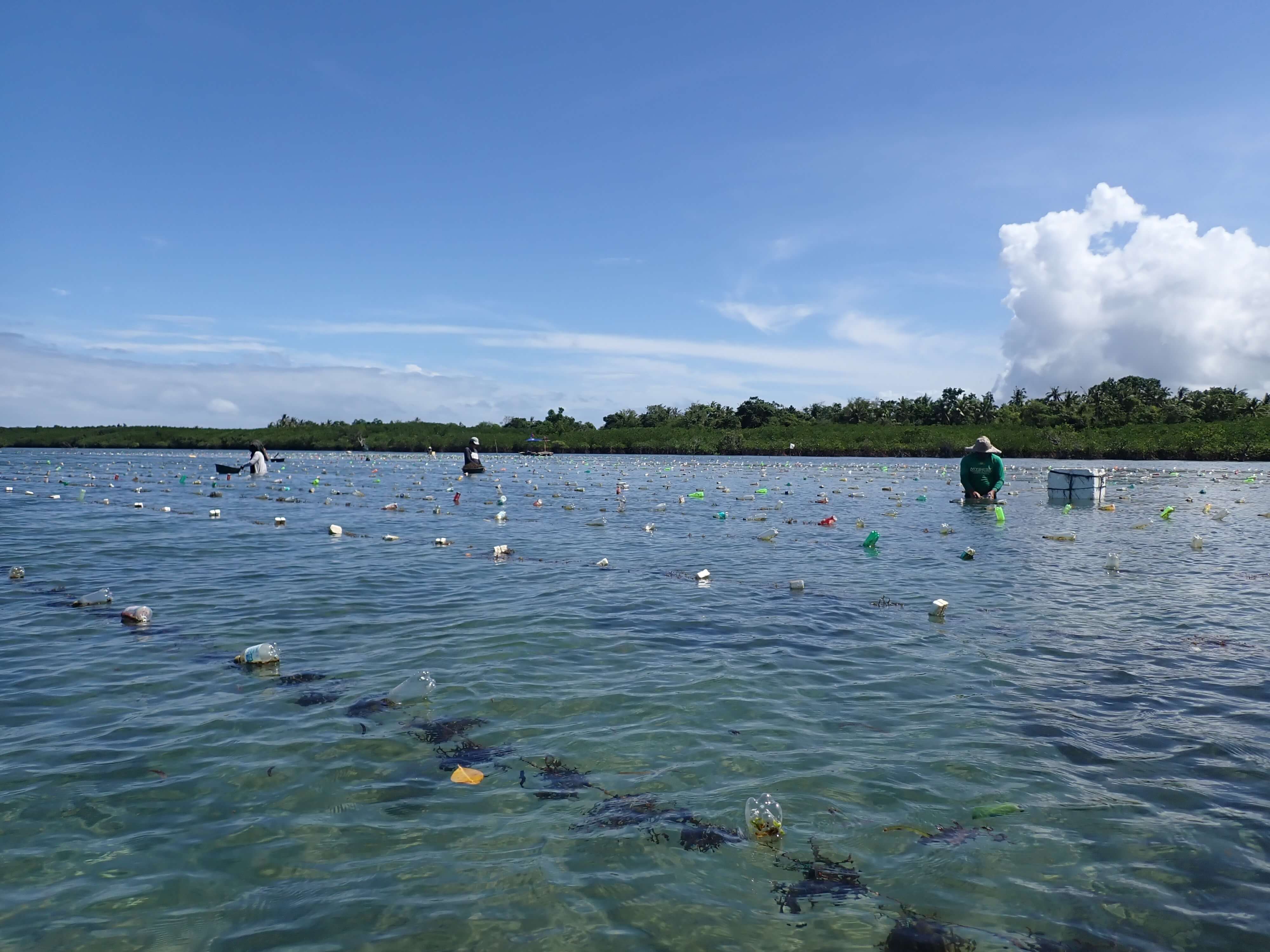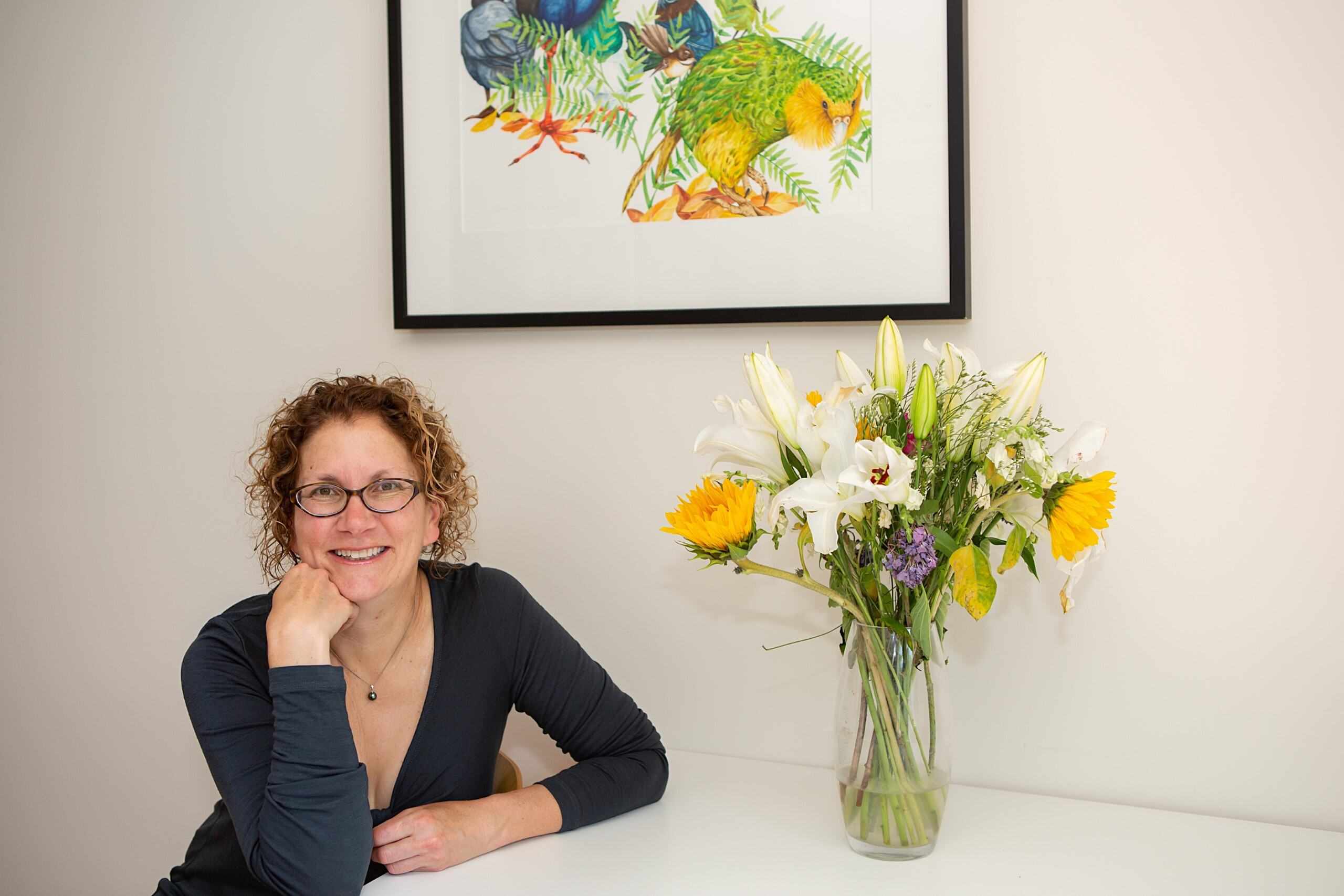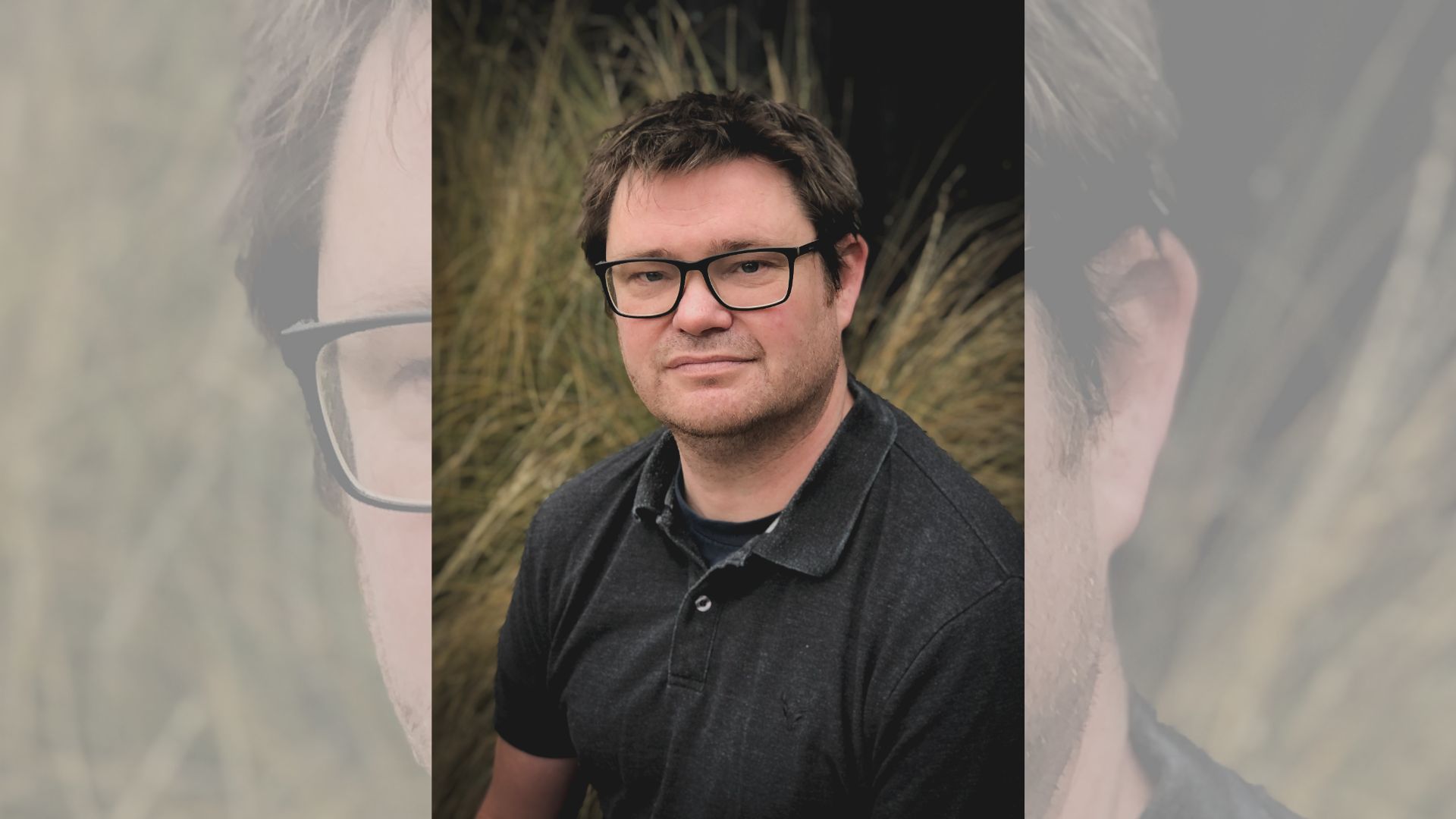Ki te Hoe: Indigenising Practice is an exciting project by Dr Ngaroma Williams supporting Māori learner success and understanding of tikanga and the use of te reo Māori in early childhood education that is proving popular with educators.
Dr Williams (Te Arawa | Ngāti Raukawa ki Wharepūhunga | Ngāti Awa) is a pūkenga (lecturer) at Te Whare Wānanga o Waitaha | University of Canterbury (UC). Together with a group of emerging UC researchers, she has developed a suite of Te Tiriti o Waitangi and te reo me ngā tikanga Māori teaching and learning resources that can be downloaded for free from the Knowledge Centre on Ako Aotearoa.
The resource has been downloaded over 30,000 times since its launch in June this year. The launch comes at a critical time for early childhood education, following the refresh of Te Whāriki (2017), the sector’s curriculum first published in 1996.
Building on her recent UC doctoral research called Ki te Hoe: Journeying Towards Indigenising the Early Childhood Curriculum in Aotearoa New Zealand, Dr Williams has responded to the need for more resources to support kaiako (teachers) to become confident and authentic in bicultural teaching practice.
Ki te hoe: Indigenising Practice is an inspiring kete (package) that all kaiako (teachers) can use to strengthen their bicultural teaching practice.
Unique in its bicultural framing, it embodies a vision that all children grow up in Aotearoa New Zealand as competent and confident learners, strong in their identity, language and culture.
It is used across a range of curriculum areas and comprises various materials:
- 27 te reo Māori rerenga kōrero (everyday phrases)
- a karakia and waiata booklet with audio files
- a lunar calendar with a set of tikanga Māori principles
- monthly whakataukī (proverbs)
- an information folio to support kaiako (teachers) to become conversant with Te Tiriti o Waitangi
- and a set of 12 iwi pepeha booklets.
“The reality is there has not been a lot of movement in the bicultural space since 1996,” Dr Williams says.
“The Education Review Office reports on Te Whāriki from 2008 and 2013 found teachers were not confident in using te reo or integrating tikanga Māori into their practice. When I went out and did my own research, I found a lot of teachers were just using two-word utterances like ‘kia ora’ or ‘ka pai’ without really knowing what else to do.
“What is really worrying is that 96% of tamariki Māori are in mainstream early childhood education settings and are not being enabled to learn as Māori. I thought it was about time that we got some more resources out there – hence, Ki te Hoe – Indigenising Practice suite of te reo me ngā tikanga Māori resources for the sector.”
She hopes the resources will be well-used, not just during Te wiki o te reo Māori (11-17 September) but in everyday practice.
Dr Williams created the resources with Rotu Te Uwhikura Mihaka and UC lecturers Kari Moana Te Rongopatahi, Dr A. Delaune, Awhi Clarke and Rikke Betts.
The team is currently developing a suite of resources for the primary and secondary education sectors.



